The mobile app development lifecycle is notoriously complex, filled with friction points between coding, building, testing, and releasing. A fragmented workflow not only slows down time-to-market but also introduces bugs, frustrates developers, and ultimately impacts user experience. Adopting a streamlined DevOps approach is no longer a luxury for mobile teams; it’s a fundamental requirement for shipping high-quality apps consistently and efficiently. This is where a dedicated stack of mobile DevOps tools becomes essential, automating repetitive tasks and creating a cohesive pipeline from the first line of code to the final store submission.
This guide is designed to cut through the noise and help you select the right platforms for your specific needs. Whether you’re a React Native developer looking for faster release cycles, a QA engineer needing robust testing environments, or a product manager seeking real-time deployment control, the right toolset is critical. We’ll provide a comprehensive analysis of the top solutions available, moving beyond generic marketing copy to offer practical insights.
Inside this resource list, you will find:
- Detailed breakdowns of 12 leading platforms, from CI/CD and build automation to testing and over-the-air (OTA) updates.
- Specific use cases to help you understand how each tool solves real-world development challenges.
- Honest assessments of features, pricing structures, and potential limitations to inform your decision.
- Direct links and screenshots for every tool, allowing you to evaluate each option quickly.
Our goal is to equip your team with the information needed to build a powerful, automated, and reliable mobile development workflow. Let’s dive in and find the tools that will transform your process.
1. CodePushGo
CodePushGo establishes itself as a premier mobile DevOps tool by mastering one of the most critical aspects of the modern app lifecycle: over-the-air (OTA) updates for React Native. It offers a sophisticated, secure, and developer-centric platform that empowers teams to deliver instant code updates directly to user devices. This capability bypasses the traditional, often lengthy, app store review process for non-binary changes, enabling rapid bug fixes, A/B testing, and feature rollouts.
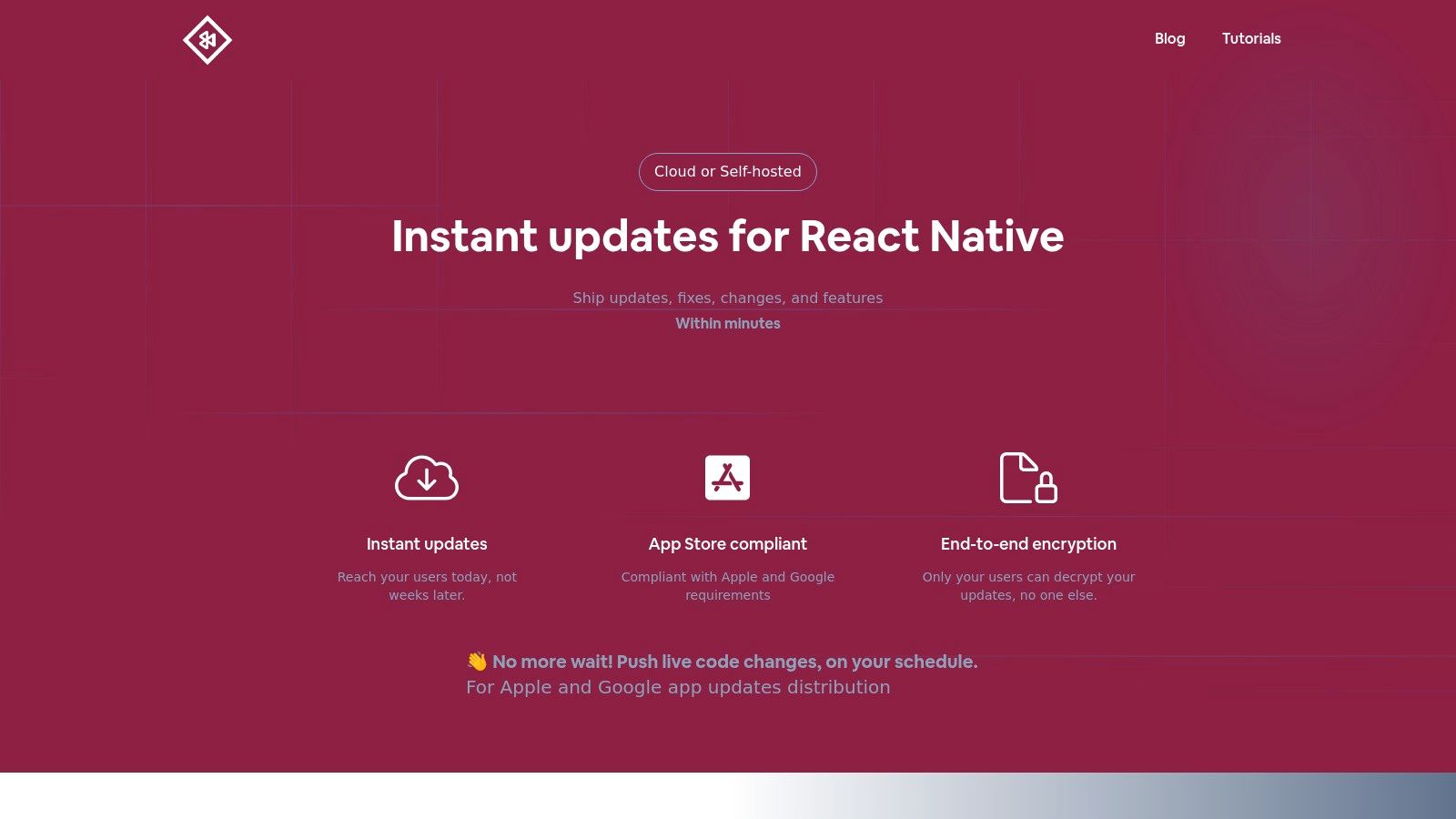
What truly sets CodePushGo apart is its uncompromising approach to security and efficiency. Its standout feature is true end-to-end encryption, which ensures that only the end user’s device can decrypt the update bundle. This architecture provides an unparalleled level of security, making it a trusted choice for enterprises handling sensitive data. Furthermore, its smart differential updates minimize data consumption by only sending the lines of code that have changed, enhancing the user experience, especially for those on limited data plans.
Key Features and Use Cases
CodePushGo is more than just a deployment tool; it’s a comprehensive release management solution.
- Instant Bug Fixes: A critical bug is discovered post-launch. Instead of waiting days for an app store review, a developer can push a hotfix via CodePushGo, and the patch is applied in the background on users’ devices within minutes.
- Staged Rollouts: Use channel management to release a new feature to a small percentage of users (e.g., 5%). Monitor real-time analytics for crashes or negative feedback before gradually rolling it out to your entire user base.
- A/B Testing: Deploy two different versions of a UI element or user flow to separate user segments. Use the platform’s analytics to determine which version performs better, driving data-informed product decisions.
- CI/CD Integration: The platform integrates seamlessly with tools like Jenkins and GitHub Actions, automating the entire OTA update pipeline from code commit to deployment.
Implementation and Pricing
CodePushGo offers flexible deployment, supporting both a fully managed cloud service and a self-hosted option for teams requiring maximum control over their infrastructure. This vendor-neutral, open-source approach prevents lock-in and promotes transparency.
While there is a one-time setup fee of $2,600 and ongoing CI/CD running costs (around $300/month), the return on investment comes from dramatically reduced development cycles and enhanced app stability. The platform offers a 15-day, no-credit-card-required free trial for evaluation.
Website: https://codepushgo.com
2. Bitrise
Bitrise is a Continuous Integration/Continuous Deployment (CI/CD) platform built from the ground up with a laser focus on mobile applications. Unlike generalist CI/CD tools that can be adapted for mobile, Bitrise’s entire ecosystem is optimized for the unique challenges of building, testing, and deploying iOS, Android, React Native, and Flutter apps. Its standout feature is the visual workflow editor, which allows teams to chain together predefined “steps” for every stage of the pipeline, from code signing to App Store deployment.
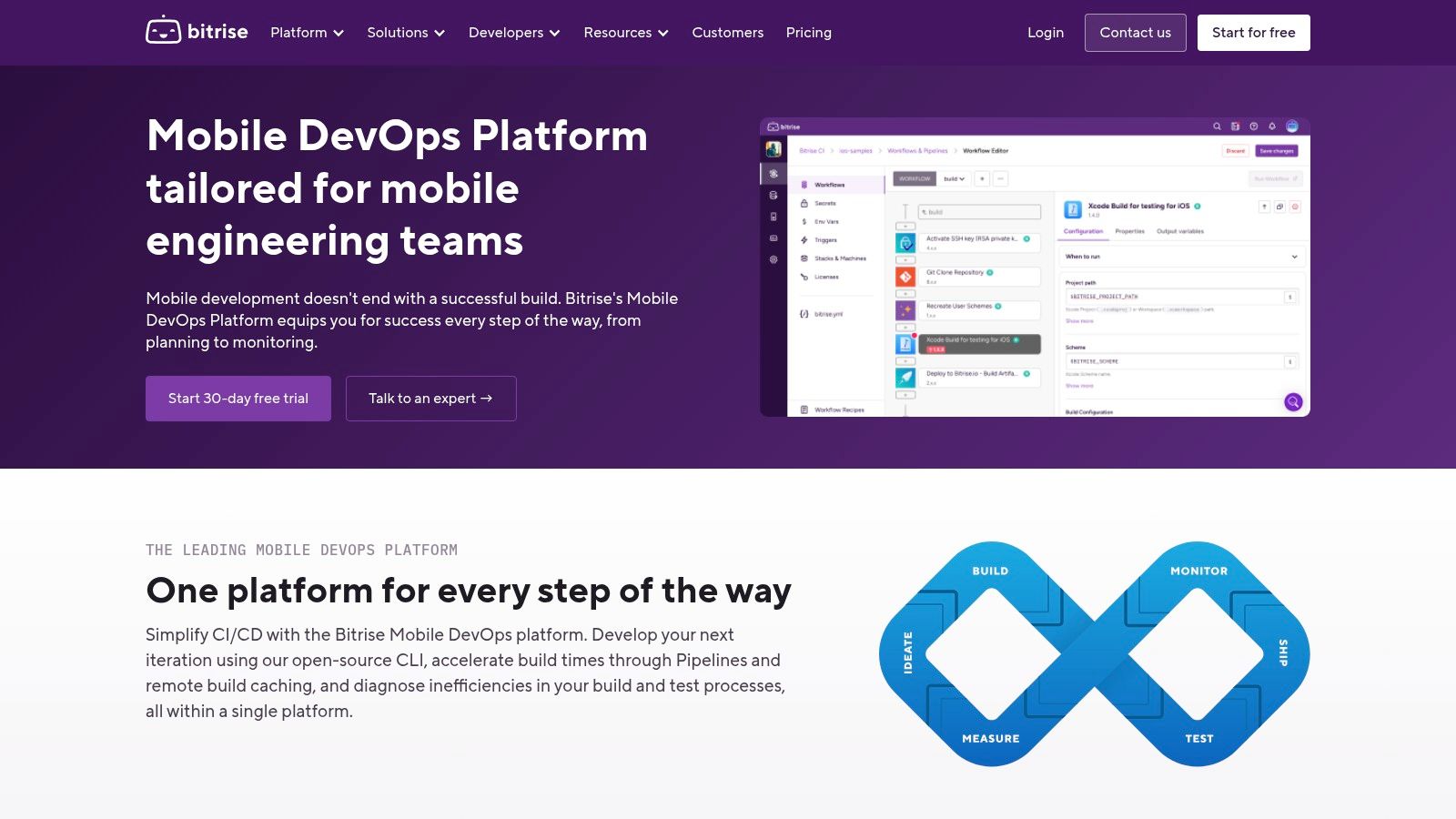
This step-based approach democratizes pipeline management, empowering developers who aren’t DevOps experts to build and modify complex automation routines. For teams looking to accelerate their release cycles, this is one of the premier mobile DevOps tools available. Bitrise excels in its comprehensive integration library, with over 400 dedicated steps for services like GitHub, Slack, Jira, and testing platforms. You can find more details about its place among other powerful platforms in this list of automation tools for DevOps.
Key Features and Considerations
The platform’s user experience is a major draw, providing a clean interface that simplifies an otherwise complex process. However, this mobile-centric design means it’s less suitable for backend or web-only projects.
- Best Use Case: Teams that need a turn-key, mobile-first CI/CD solution without extensive configuration overhead. It’s ideal for automating complex tasks like code signing, dependency caching, and deploying to multiple test tracks.
- Pricing: Bitrise offers several tiers, including a free plan for individuals and small projects. Paid team plans are based on concurrency and build minutes, which can become costly for larger teams with high build frequencies.
- Limitations: While powerful for mobile, its specialization is also a constraint. Teams managing a mix of mobile and web services might find themselves needing a separate CI tool for their non-mobile components. The pay-per-minute model on higher tiers also requires careful monitoring to control costs.
Website: bitrise.io
3. Appcircle
Appcircle is a comprehensive mobile CI/CD platform designed to automate the entire lifecycle of native iOS, native Android, React Native, and Flutter applications. It distinguishes itself by offering a unified solution that handles everything from code compilation to internal distribution, all managed through a user-friendly, drag-and-drop interface. This approach makes it accessible for teams without deep DevOps expertise, allowing them to configure complex pipelines visually.
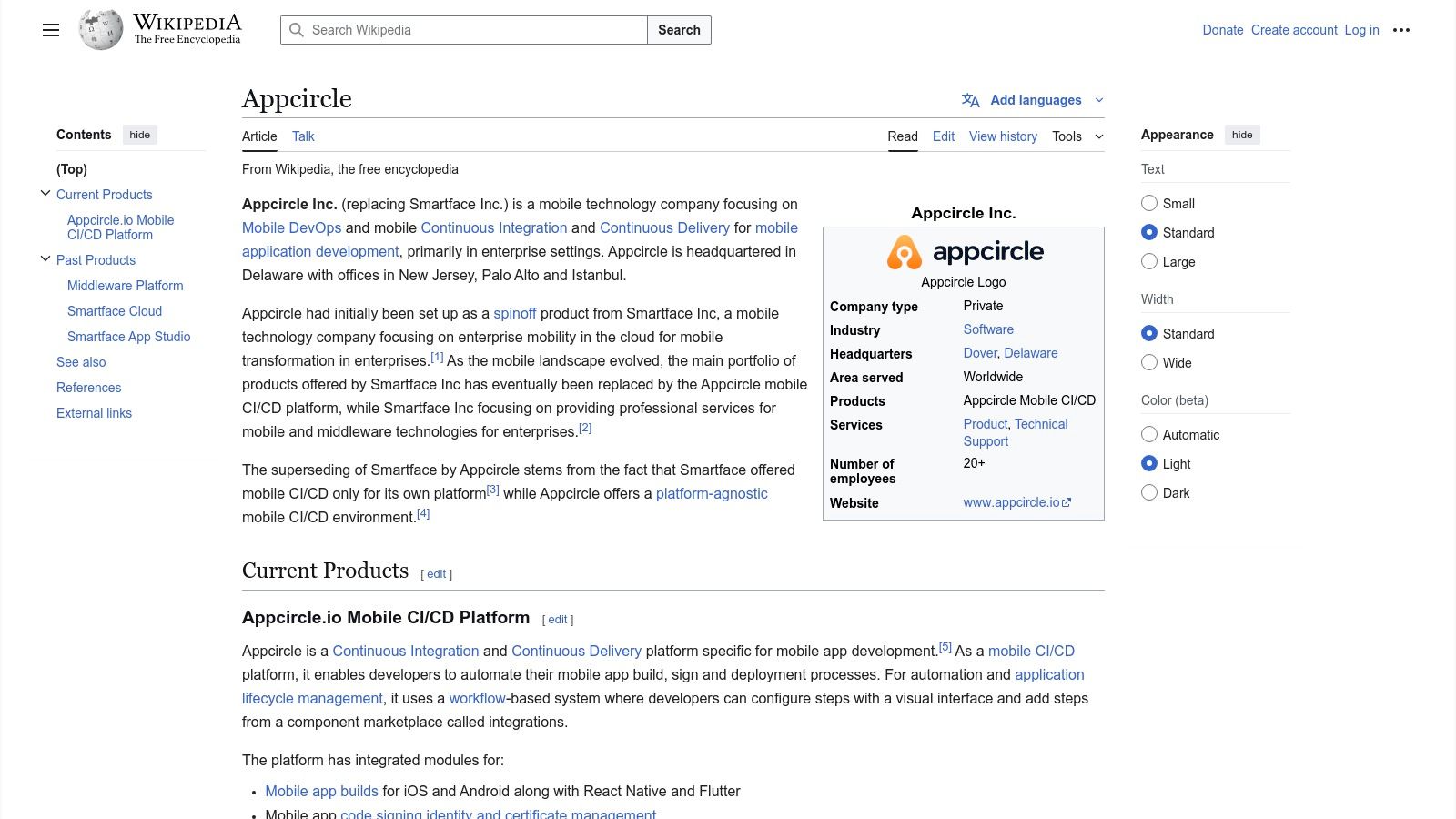
The platform’s end-to-end functionality, including integrated code signing management and a private enterprise app store, streamlines the release process significantly. By centralizing these critical functions, Appcircle reduces the need to stitch together multiple services, positioning itself as a powerful all-in-one choice among the top mobile DevOps tools. The platform also offers unique flexibility with both cloud and on-premise deployment options, catering to enterprises with strict security and compliance requirements. You can discover more about how it fits into a modern development stack in this guide to mobile DevOps.
Key Features and Considerations
Appcircle’s strength lies in its holistic feature set, which simplifies complex mobile development tasks. However, its library of third-party integrations is less extensive than some competitors, which might be a factor for teams heavily reliant on a specific ecosystem of tools.
- Best Use Case: Enterprise teams or security-conscious organizations that need a fully-featured, self-hosted CI/CD platform. It’s also ideal for developers who prefer a visual, low-code approach to building and managing pipelines.
- Pricing: Appcircle provides a generous free tier for individual developers. Paid plans are structured around concurrency and build minutes, with custom enterprise pricing available for on-premise solutions.
- Limitations: While its core features are robust, the platform has a more limited selection of pre-built third-party integrations compared to more established players. Advanced configurations may also present a learning curve for newcomers despite the intuitive UI.
Website: appcircle.io
4. CircleCI
CircleCI is a highly versatile and powerful CI/CD platform known for its speed, scalability, and flexibility, making it a strong contender among mobile DevOps tools. While not exclusively mobile-focused like some alternatives, its robust support for macOS, Linux, and Windows build environments allows it to handle complex iOS and Android build pipelines effectively. The platform’s strength lies in its configuration-as-code approach, using a single .circleci/config.yml file to define intricate workflows, parallel jobs, and testing matrices.
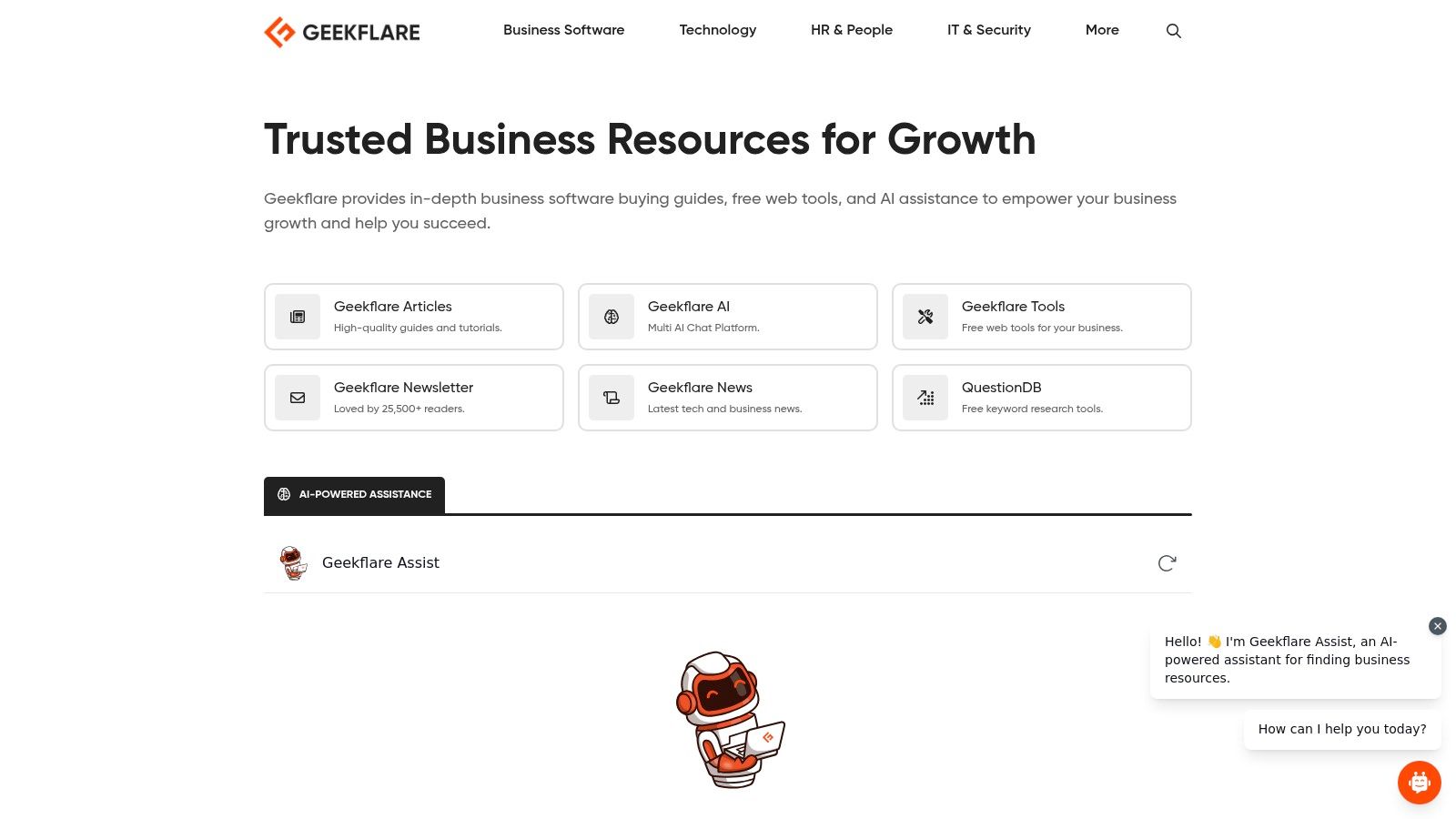
This level of control makes it a favorite for experienced DevOps teams who need to fine-tune every aspect of their automation. CircleCI’s Orbs, which are reusable packages of configuration, help streamline setup for common tasks like code signing or deploying to Firebase, abstracting away some of the complexity. Its parallel testing capabilities are a significant advantage, allowing teams to split test suites across multiple containers to dramatically reduce build times and get feedback faster.
Key Features and Considerations
The platform’s performance and extensive customization options are its main draws. However, the YAML-based configuration can present a steeper learning curve for developers not accustomed to CI/CD scripting, especially when compared to visual workflow editors.
- Best Use Case: Engineering teams managing a diverse portfolio of mobile, backend, and web applications that require a unified, powerful, and highly configurable CI/CD solution. It excels at complex test parallelization.
- Pricing: CircleCI offers a generous free tier that is popular for open-source projects and small teams. Paid plans are based on a credit system, where usage is calculated based on compute resource size and build duration, offering flexibility but requiring cost management.
- Limitations: The configuration-as-code model, while powerful, can be intimidating for beginners. Initial setup for mobile projects, particularly for iOS code signing and provisioning, can be more complex than on mobile-first platforms.
Website: circleci.com
5. Codemagic
Codemagic is a CI/CD solution built with a deep appreciation for mobile developers, particularly those working with Flutter. While it also offers robust support for native iOS, Android, and React Native, its origins in the Flutter community are evident in its seamless integration and optimized workflows for the framework. It automates the entire build, test, and release pipeline, handling complex tasks like code signing and App Store deployment with remarkable ease.
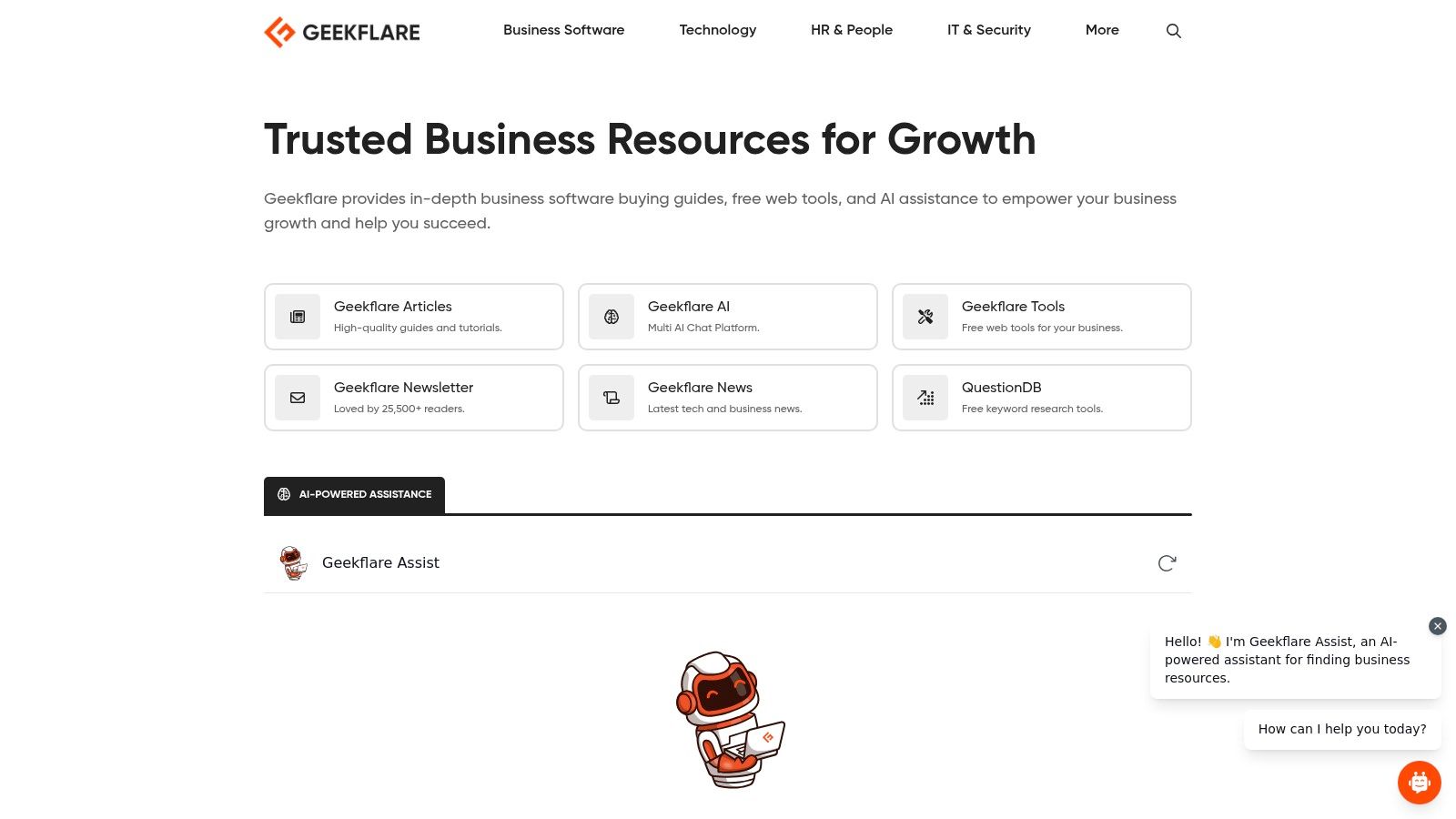
The platform distinguishes itself with a clean, user-friendly interface and a focus on speed, using powerful Mac mini and Linux build machines to accelerate compilation times. For teams invested in Google’s UI toolkit, Codemagic is one of the most powerful mobile DevOps tools for streamlining development from the first commit to final release. Its approach significantly lowers the barrier to entry for achieving effective mobile app continuous delivery.
Key Features and Considerations
Codemagic’s YAML-based configuration (codemagic.yaml) provides flexibility for advanced users, while its web-based workflow editor caters to those who prefer a visual setup. This dual approach makes it accessible to developers at all skill levels.
- Best Use Case: Flutter development teams of any size seeking a “just works” CI/CD solution. It’s also an excellent choice for native iOS and Android teams who value a straightforward UI and fast build times.
- Pricing: Codemagic is known for its generous free tier, which includes 500 build minutes per month, making it highly accessible for individual developers and open-source projects. Paid plans are based on concurrency and build minutes, scaling with team needs.
- Limitations: Its primary strength in mobile is also a limitation; it is not designed for backend or web-only CI/CD pipelines. Teams managing a diverse tech stack might need another tool for their non-mobile components, potentially creating a fragmented DevOps toolchain.
Website: codemagic.io
6. Kobiton
Kobiton addresses a critical and often frustrating stage of the mobile development lifecycle: testing on real devices. It is a cloud-based platform that provides access to a vast farm of real iOS and Android devices for both manual and automated testing. This eliminates the need for teams to maintain their own expensive and difficult-to-manage device labs. Kobiton supports popular automation frameworks like Appium, allowing teams to run existing test suites on a wide variety of hardware, OS versions, and screen sizes.
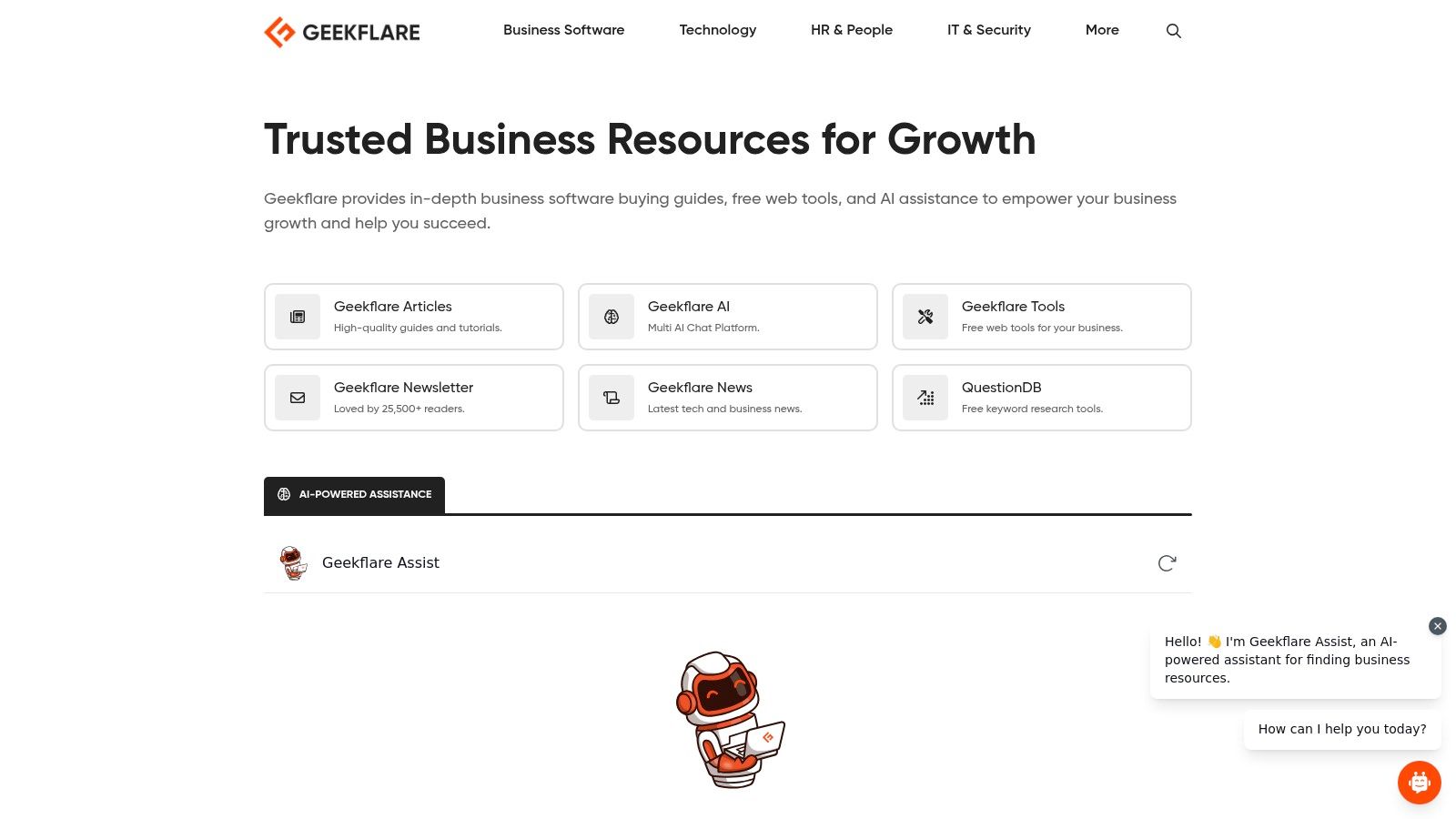
The platform’s strength lies in its ability to seamlessly integrate device testing into a CI/CD pipeline, making it one of the essential mobile DevOps tools for quality assurance. It captures detailed logs, high-resolution screenshots, and video recordings of every test session, giving developers deep insights for rapid debugging. Kobiton also offers scriptless automation capabilities, enabling QA teams to create and execute automated tests without extensive coding knowledge, further accelerating the feedback loop.
Key Features and Considerations
Kobiton is designed to provide comprehensive testing coverage, from functional and visual validation to performance analysis on real devices. Its detailed reporting helps pinpoint issues that might only appear on specific device configurations, which is invaluable for enterprise-grade applications.
- Best Use Case: Teams that need to validate app functionality, performance, and visual fidelity across a wide range of real-world devices. It is ideal for organizations where quality assurance is a top priority and for debugging device-specific bugs.
- Pricing: Kobiton’s pricing is based on usage, typically measured in minutes or on a per-device-slot basis. It offers various plans, from individual access to enterprise-level private clouds, but costs can accumulate quickly with extensive automated testing.
- Limitations: The primary drawback is its cost, which can be a significant investment for smaller teams or projects with limited testing budgets. Additionally, there can be a learning curve associated with mastering its advanced features and integrating them efficiently into complex CI/CD workflows.
Website: geekflare.com/mobile-devops-platforms/?utm_source=openai
7. Buddy
Buddy brands itself on speed and simplicity, positioning itself as a “radically simple CI/CD” platform that aims to lower the barrier to entry for automation. While not exclusively mobile-focused like some competitors, it provides a highly intuitive and visually appealing pipeline editor that makes it one of the more accessible mobile DevOps tools. Its strength lies in its pre-configured actions and a clean, logical interface that allows developers to set up delivery pipelines in minutes, not hours.

This user-friendly approach is complemented by powerful features like Docker layer caching and parallel builds, which significantly accelerate build times. Buddy integrates seamlessly with popular version control systems like GitHub, Bitbucket, and GitLab, making it a flexible choice for teams with existing workflows. While setting up pipelines is straightforward, effective oversight requires a solid strategy; learn more in this guide to monitoring tools for DevOps.
Key Features and Considerations
The platform’s standout feature is its graphical pipeline builder, where developers can drag, drop, and connect actions to create custom workflows. This makes it incredibly easy to visualize and manage the entire CI/CD process from commit to deployment.
- Best Use Case: Development teams that prioritize ease of use and rapid pipeline setup. It is particularly effective for projects that leverage Docker, as its container-native architecture offers excellent performance and customization.
- Pricing: Buddy provides a generous free tier with limited resources, making it accessible for solo developers and small projects. Paid plans are structured around project and concurrency limits, offering more resources and advanced features as you scale.
- Limitations: The free plan’s resource constraints can be a blocker for active teams. While it supports mobile development through custom scripts and actions, it lacks the extensive, pre-built mobile-specific step library found in dedicated platforms like Bitrise.
Website: geekflare.com/mobile-devops-platforms/?utm_source=openai
8. Katalon
Katalon is a comprehensive automation testing platform designed to handle web, API, mobile, and even desktop applications from a single, unified interface. While not exclusively a mobile tool, its powerful mobile testing capabilities earn it a spot on this list. Katalon’s key differentiator is its dual-scripting interface, which allows teams to create tests using a low-code, keyword-driven view or dive into a full script editor using Groovy/Java. This flexibility makes it an accessible entry point for manual QAs transitioning to automation while still providing depth for seasoned engineers.
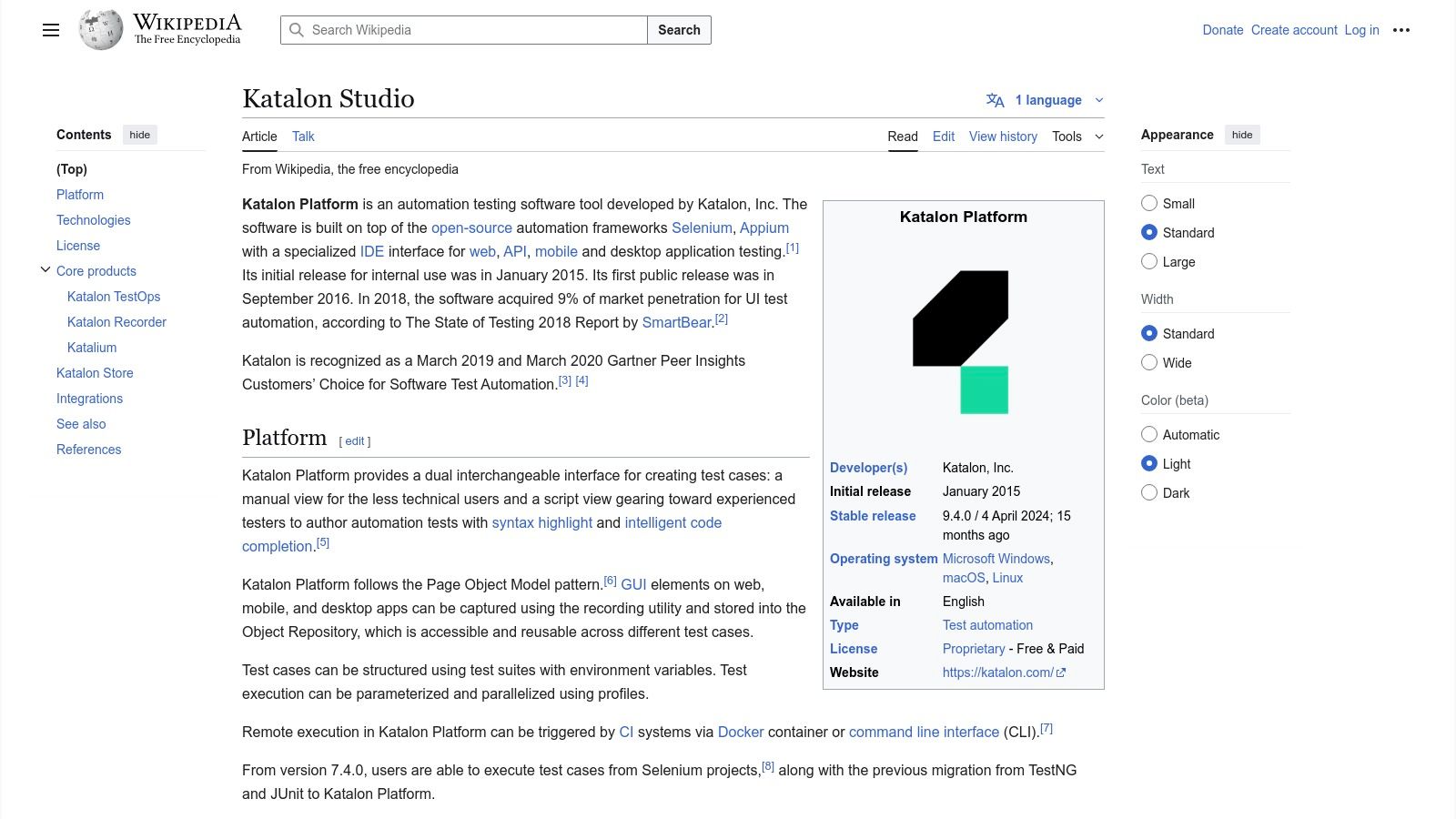
The platform’s record-and-playback feature is particularly effective for mobile, enabling users to capture test steps by interacting with an application on a real device or emulator, which significantly speeds up test case creation. For teams integrating quality assurance deeper into their development pipeline, Katalon is one of the more versatile mobile DevOps tools because it bridges the gap between different skill levels. It integrates smoothly with CI/CD tools like Jenkins, Azure DevOps, and Bitrise, allowing automated tests to run as part of the build process.
Key Features and Considerations
Katalon’s all-in-one approach simplifies the testing toolchain by reducing the need for multiple specialized tools. However, its strength in breadth can mean it lacks the focused depth of a mobile-only solution for very specific, advanced use cases.
- Best Use Case: Teams that need a single tool to test across multiple platforms (web, API, and mobile) and have a mix of technical and non-technical QA members. It’s excellent for organizations looking to establish a robust, scalable test automation framework without a steep learning curve.
- Pricing: Katalon offers a generous free version that includes most core features for individuals and small teams. Paid plans (Premium and Ultimate) unlock advanced features like AI-powered test generation, enhanced reporting, and enterprise-level support.
- Limitations: While user-friendly for beginners, creating highly complex and dynamic test scenarios can require a solid understanding of Groovy and the underlying Appium framework. The platform can also be resource-intensive when running a large suite of tests locally.
Website: katalon.com
9. Testsigma
Testsigma is a unified, low-code test automation platform designed to simplify testing across web, mobile, and API environments. Its primary differentiator is its natural language processing (NLP) based test creation, which allows both technical and non-technical team members to write automated test scripts in plain English. This approach significantly lowers the barrier to entry for QA automation, enabling faster feedback loops within the development lifecycle. For mobile teams, this means creating and maintaining robust test suites without deep programming expertise.

The platform is built for modern DevOps workflows, offering parallel test execution on a cloud-based grid of real devices and browsers. By integrating seamlessly with CI/CD tools like Jenkins, CircleCI, and GitLab, Testsigma allows teams to embed comprehensive testing directly into their build pipelines. This makes it one of the more accessible mobile DevOps tools for organizations aiming to achieve continuous testing without a steep learning curve. Its detailed reporting and analytics provide actionable insights into application quality, helping teams identify and resolve bugs faster.
Key Features and Considerations
Testsigma’s scriptless, AI-powered approach helps teams accelerate test development and reduce maintenance overhead. However, teams with highly complex or unique testing requirements may find the low-code environment somewhat restrictive compared to pure code-based frameworks.
- Best Use Case: Agile teams with a mix of technical and non-technical testers who need to rapidly automate UI and functional tests for mobile and web apps. It’s especially useful for organizations looking to scale their QA efforts without hiring specialized automation engineers.
- Pricing: Testsigma offers a free open-source community edition. Commercial plans include Pro and Enterprise tiers, which are priced based on the number of parallel tests, users, and specific feature requirements. Pricing can become a significant factor for large-scale enterprise use.
- Limitations: While the low-code abstraction is a major benefit, it can limit the flexibility needed for highly customized test scenarios. Advanced users accustomed to frameworks like Appium or Espresso might find the platform’s customization options insufficient for their needs.
Website: testsigma.com
10. BrowserStack
BrowserStack is a cloud-based web and mobile testing platform that provides developers with instant access to a massive inventory of real mobile devices and browsers. While not a CI/CD platform itself, it is an essential component in a robust mobile DevOps pipeline, enabling teams to perform comprehensive automated and manual testing across thousands of device-OS-browser combinations. This eliminates the need for maintaining an expensive in-house device lab.

The platform’s strength lies in its seamless integration with popular CI/CD tools and testing frameworks like Appium, Espresso, and XCUITest. By plugging BrowserStack into a CI pipeline, developers can automatically run their test suites on real physical devices with every build. This makes it one of the most critical mobile DevOps tools for quality assurance, ensuring that new features or bug fixes do not introduce regressions on specific devices or operating systems.
Key Features and Considerations
BrowserStack offers a comprehensive suite of features, including live interactive testing, automated screenshot generation, and network simulation to test app performance under various conditions. Its real-world device access is a game-changer for identifying device-specific bugs that emulators might miss.
- Best Use Case: QA and development teams that need to validate their mobile app’s functionality, performance, and UI on a wide array of real-world devices without the cost and maintenance of a physical device lab.
- Pricing: BrowserStack operates on a subscription model with various plans for manual and automated testing. Pricing is based on the number of parallel tests and users, which can become a significant expense for teams with heavy testing needs. A free trial is available.
- Limitations: The primary drawback is cost, which can scale quickly with increased usage and concurrency. There can also be a learning curve for setting up and optimizing advanced automated testing workflows.
Website: https://autify.com/blog/mobile-testing-tools?utm_source=openai
11. LambdaTest
LambdaTest is a cloud-based continuous quality testing platform designed to ensure that mobile and web applications perform flawlessly across a vast array of environments. Instead of maintaining an expensive in-house device lab, teams can leverage LambdaTest’s real device cloud to run manual and automated tests on over 3,000 different real devices, browsers, and operating system combinations. This makes it an essential tool for QA and development teams focused on comprehensive compatibility testing.

The platform supports popular mobile automation frameworks like Appium, Espresso, and XCUITest, integrating seamlessly into existing CI/CD pipelines. This integration allows developers to automate regression tests on real devices with every build, catching device-specific bugs early in the development cycle. For teams that need to validate their app’s behavior under different network conditions or geographical locations, LambdaTest provides one of the most robust sets of mobile DevOps tools for quality assurance.
Key Features and Considerations
LambdaTest excels at providing a scalable and accessible testing infrastructure, enabling teams to expand their test coverage without the overhead of hardware management. The platform offers live, interactive testing as well as large-scale parallel test execution to significantly speed up release cycles.
- Best Use Case: Teams that need to validate application functionality and user experience across a wide range of real iOS and Android devices. It’s ideal for running automated test suites (Appium, Espresso) as part of a CI/CD workflow to ensure broad compatibility.
- Pricing: LambdaTest offers a limited free plan for basic testing. Paid plans are structured around the number of parallel tests, testing minutes, and feature access. Enterprise plans provide dedicated device access and unlimited testing, but pricing can become a significant factor for teams with heavy usage.
- Limitations: While its device coverage is extensive, there can be a learning curve for setting up and optimizing complex automated test suites. The pay-per-minute model on lower-tier plans requires careful test management to avoid unexpected costs, especially when running long test cycles.
Website: lambdatest.com
12. Appium
Appium is an open-source, cross-platform test automation framework for native, hybrid, and mobile web apps. It drives iOS, Android, and Windows apps using the WebDriver protocol, allowing you to write tests against your mobile applications using the same API and your preferred development tools and languages. Its core philosophy is that you shouldn’t have to recompile or modify your app in any way to test it, which sets it apart from other testing frameworks that require including an agent or library in your app code.
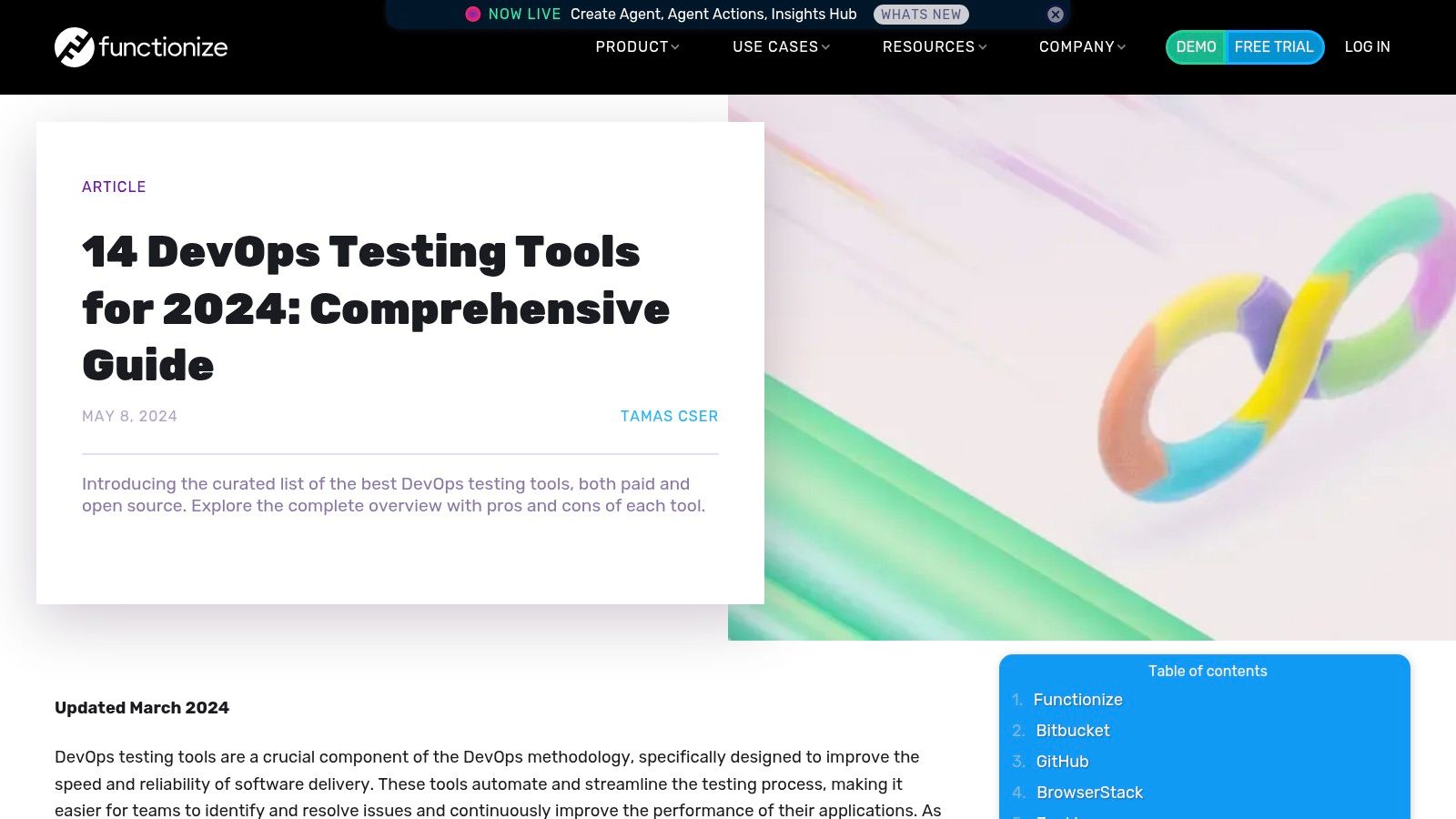
This “black-box” testing approach makes Appium one of the most versatile mobile DevOps tools for UI automation, as it simulates user interactions without needing access to the application’s source code. Because it leverages standard automation APIs on each platform, test scripts are more stable and less prone to breaking with minor UI changes. The ability to use languages like Java, Python, Ruby, and JavaScript makes it accessible to a wide range of development teams. You can dive deeper into its capabilities in this roundup of mobile app test automation tools.
Key Features and Considerations
The framework’s strength lies in its flexibility and community-driven nature. However, its power comes with a steeper learning curve compared to GUI-based tools, as it requires strong programming and configuration skills.
- Best Use Case: Teams that need a highly customizable, language-agnostic framework for writing end-to-end UI tests for iOS and Android. It’s ideal for organizations with established QA automation expertise looking to integrate testing directly into their CI/CD pipelines.
- Pricing: Appium is completely free and open-source. Costs are only associated with the infrastructure required to run the Appium server and the devices (real or virtual) used for testing.
- Limitations: Setting up the environment can be complex, involving Node.js, platform-specific SDKs (Xcode, Android Studio), and various dependencies. As it focuses purely on UI automation, it is not a comprehensive DevOps platform and must be integrated with other CI/CD tools for a complete workflow.
Website: appium.io
Mobile DevOps Tools Feature Comparison
| Platform | Core Features / Capabilities | User Experience / Quality Metrics | Value Proposition | Target Audience 👥 | Unique Selling Points ✨ | Price Points 💰 |
|---|---|---|---|---|---|---|
| 🏆 CodePushGo | Instant OTA updates, E2E encryption, smart diff updates | Real-time analytics, one-click rollback | Cost-efficient, reduces downtime | React Native dev teams 👥 | Fully open source, cloud/self-hosted, CI/CD integration | Setup $2.6K + ~$300/mo |
| Bitrise | Customizable workflows, 400+ integrations | User-friendly interface | Scalable mobile CI/CD | Mobile app teams 👥 | Extensive integrations, mobile focused | Moderate to high |
| Appcircle | Drag-drop CI/CD, integrated code signing | User-friendly, flexible deployment | Free plan, enterprise ready | Mobile devs & enterprises 👥 | Private app store, on-premise options | Free plan + paid tiers |
| CircleCI | Parallel testing, customizable workflows | Insights dashboard | Flexible, strong community support | Mid-large projects 👥 | Multi-environment support | Free for OSS, usage-based |
| Codemagic | Auto code signing, app store deployment | User-friendly, strong Flutter support | Generous free plan | Flutter & mobile devs 👥 | Easy app store deployments | Free + paid tiers |
| Kobiton | Real device access, scriptless automation | Detailed session logs | Comprehensive testing | QA & testing teams 👥 | Real device testing | High for extensive use |
| Buddy | Parallel builds, Docker support | Intuitive pipeline editor | Free tier, flexible customization | Dev teams 👥 | Pre-configured mobile actions | Free + paid tiers |
| Katalon | Multi-app test support, record-playback | Beginner-friendly, active community | Free version available | Testers (beginner to pro) 👥 | Dual test creation interface | Free + paid plans |
| Testsigma | Low-code, parallel execution | Detailed reporting | Free trial, non-technical friendly | QA & automation teams 👥 | Natural language testing | Moderate to high |
| BrowserStack | Real devices & browsers, network simulation | Flexible integration | Free trial | QA & dev teams 👥 | Extensive device/browser coverage | Pricing high |
| LambdaTest | Cross-browser & device testing, geolocation | Flexible integration | Free trial | QA & dev teams 👥 | Geo-location testing | Pricing high |
| Appium | Cross-platform testing, multi-language support | Active community, extensive docs | Free & open source | Mobile app devs 👥 | Highly flexible, multi-framework support | Free |
Final Thoughts
Navigating the landscape of mobile DevOps tools can feel like an overwhelming task. We’ve journeyed through a comprehensive list of twelve powerful platforms, from CI/CD specialists like Bitrise and Appcircle to testing powerhouses such as BrowserStack and Kobiton, and even the foundational automation framework, Appium. The sheer variety underscores a critical truth: there is no single “best” tool, only the tool that is best for your specific context.
The central theme emerging from our analysis is the importance of a well-integrated, strategic toolchain. A high-performing mobile DevOps pipeline is not built on a single, monolithic solution. Instead, it’s a carefully assembled ecosystem where each component excels at its designated role, from building and signing your app to testing it across hundreds of devices and deploying updates seamlessly. Your goal should be to create a synergistic flow where data and artifacts move smoothly from one stage to the next, minimizing manual handoffs and accelerating your feedback loops.
Key Takeaways for Your Tool Selection Process
As you reflect on the options presented, from CircleCI’s flexible configurations to Codemagic’s Flutter-first focus, keep these core principles at the forefront of your decision-making process.
- Platform Specialization vs. Generalization: Determine if your needs are better met by a mobile-first platform like Bitrise or a more general-purpose CI/CD tool like CircleCI that can also handle your backend services. Mobile-specific tools often provide more intuitive, pre-configured workflows for tasks like code signing and App Store deployment.
- The Build vs. Buy Dilemma: Open-source frameworks like Appium offer ultimate flexibility but demand significant in-house expertise to set up and maintain. Commercial platforms like Katalon or Testsigma build upon these frameworks, offering user-friendly interfaces and robust support at a cost.
- Real vs. Emulated Device Testing: Your app’s quality hinges on effective testing. For critical user flows and performance checks, nothing beats testing on real devices, a service provided by BrowserStack, LambdaTest, and Kobiton. Emulators and simulators are cost-effective for early-stage development but cannot fully replicate real-world conditions.
- The Post-Release Lifecycle: DevOps doesn’t end when your app hits the store. Tools like CodePushGo are essential for the “Ops” part of DevOps, enabling you to deliver over-the-air updates directly to users. This capability is crucial for fixing bugs rapidly and iterating on features without waiting for a new store review cycle.
Actionable Next Steps for Implementation
Choosing your mobile DevOps tools is just the beginning. The real value is unlocked through thoughtful implementation.
- Audit Your Current Workflow: Before adopting any new tool, map out your existing process. Identify the most significant bottlenecks. Is it manual testing? Slow build times? A cumbersome release process?
- Start with a Pilot Project: Don’t attempt to overhaul your entire pipeline at once. Select a single, non-critical application or a new feature branch to pilot a new tool. This allows your team to learn and adapt in a low-risk environment.
- Prioritize Integration: Ensure your chosen tools can communicate effectively. Your CI/CD platform should seamlessly trigger your testing suite, which in turn should feed results back into your project management and communication tools, like Slack or Jira.
- Measure and Iterate: Define key performance indicators (KPIs) to track success. These might include build duration, test failure rate, deployment frequency, and crash rates. Continuously monitor these metrics to refine your toolchain and processes.
Ultimately, building a world-class mobile DevOps pipeline is a strategic investment in speed, quality, and reliability. The tools we’ve discussed are the enablers, but the true transformation comes from fostering a culture of continuous improvement. By selecting the right combination of solutions and integrating them into a cohesive workflow, you empower your team to build, test, and release exceptional mobile applications faster than ever before.
Ready to supercharge your post-release workflow? CodePushGo provides a critical piece of the mobile DevOps tools puzzle by enabling instant, over-the-air updates for your React Native apps. Instead of waiting for App Store approvals to fix a critical bug or roll out a new feature, you can push updates directly to your users’ devices. Take control of your release cycle and start delivering updates on your schedule with CodePushGo.




